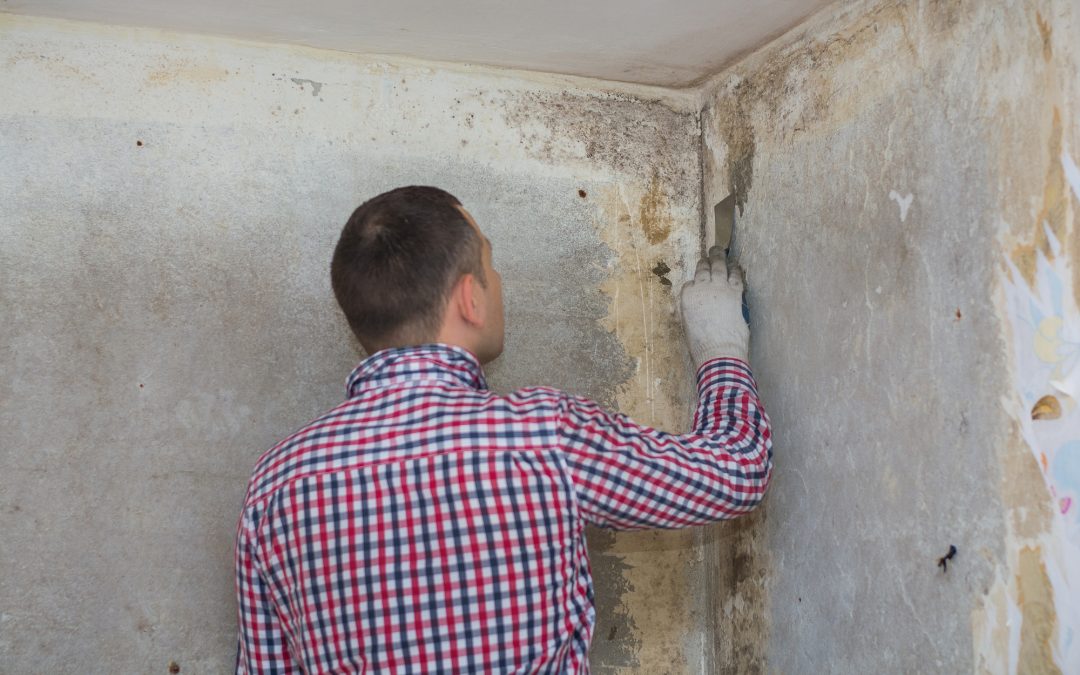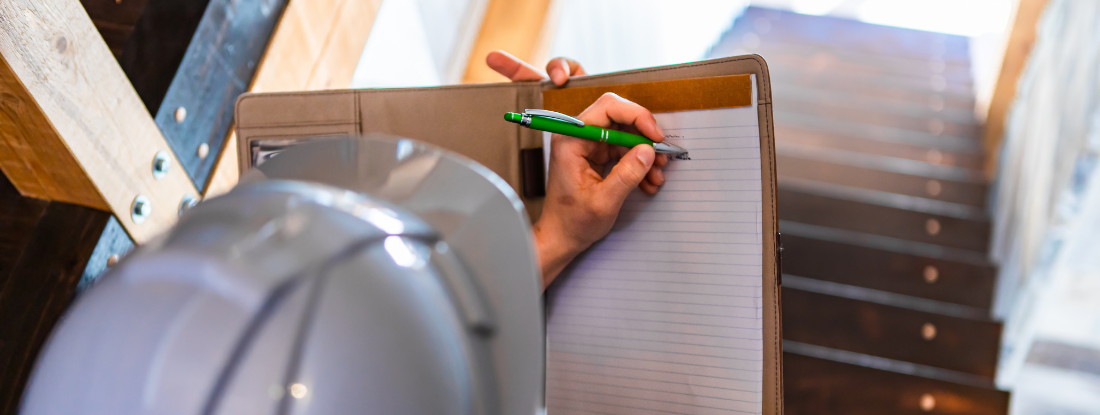Testing Air Quality After Mold Remediation
Testing Air Quality After Mold Remediation
Blog Article
Your Ultimate Overview to Article Mold Removal Strategies
Browsing the world of post-mold remediation methods is a careful process that requires focus to detail and an extensive understanding of the details included. In the results of mold problem, knowing exactly how to efficiently eradicate the mold and mildew and avoid its reoccurrence is extremely important for keeping a healthy and balanced interior atmosphere. From selecting the right cleansing and disinfecting techniques to applying approaches for long-term mold and mildew avoidance, each step in the removal journey plays an essential function in ensuring a successful result. As we begin on this exploration of post-mold remediation strategies, we will certainly uncover the essential approaches and ideal practices that can assist you recover your space to its pre-mold problem and protect it against future mold threats.
Understanding Post-Mold Remediation Process
After finishing the mold and mildew remediation process, it is essential to recognize the post-mold remediation techniques that are essential to guarantee a comprehensive and effective cleaning. Once the mold has actually been eliminated, the following action involves cleansing and decontaminating the affected locations to protect against any type of regrowth of mold. This consists of making use of specialized cleaning agents to clean down surface areas and kill any type of remaining mold and mildew spores. It is necessary to dry the area entirely to dissuade the growth of mold in the future (Post Remediation Inspection near me). Proper ventilation and dehumidification can aid in this process.
Additionally, performing a final inspection post-remediation is important to make sure that all mold has been successfully removed. This evaluation should entail an extensive aesthetic check in addition to perhaps air tasting to confirm the absence of mold and mildew spores in the air. If the evaluation exposes any kind of remaining mold and mildew, extra remediation may be essential. Informing passengers on preventive procedures such as regulating dampness levels and quickly addressing any water leakages can assist keep a mold-free atmosphere.
Reliable Cleansing and Sanitizing Methods

Stopping Future Mold Growth

Relevance of Appropriate Ventilation
Correct ventilation plays a critical duty in stopping wetness buildup, a key consider mold development within interior atmospheres. Reliable ventilation systems aid remove excess moisture from the air, reducing the possibilities of mold spores discovering the dampness they need to sprout and spread. Without adequate ventilation, indoor rooms can come to be a breeding place for mold, leading to prospective health threats and architectural damages.
By making sure proper air flow, air flow systems can also assist in drying wet areas extra quickly after water damage or flooding occurrences, better deterring mold development. After mold browse around this site remediation. Precede like shower rooms, cooking areas, attics, and cellars where wetness degrees have a tendency to be higher, setting up and keeping efficient air flow systems is crucial in stopping mold and mildew infestations

Monitoring and Upkeep Tips
Provided the crucial duty that appropriate ventilation plays in preventing mold and mildew growth, it is important to develop efficient tracking and maintenance pointers to make sure the continued functionality of air flow systems. Normal assessments of ventilation systems should be performed to inspect for any signs of clogs, leaks, or malfunctions that can hinder proper air movement. Surveillance moisture degrees within the residential property is additionally vital, as high humidity can add to mold and mildew growth. Installing a hygrometer can assist track humidity degrees and alert home owners to any type of spikes that may call for attention. In addition, ensuring that air filters are consistently cleaned up or replaced is necessary for maintaining the effectiveness of the air flow system. Executing a timetable for routine upkeep tasks, such as air duct cleaning and HVAC system examinations, can assist prevent issues before they intensify. By remaining alert and aggressive to the problem of air flow systems, residential property proprietors can effectively minimize the threat of mold regrowth and keep a healthy indoor setting.
Final Thought
Finally, post-mold removal methods are important for guaranteeing a tidy and risk-free setting. Recognizing the procedure, applying efficient cleaning and sanitizing techniques, protecting against future mold and mildew growth, preserving correct air flow, and routine tracking are all vital action in the removal procedure. By adhering to these standards, you can successfully eliminate mold and prevent its return, promoting a healthy and balanced living or working area for all passengers.
In the after-effects of mold infestation, recognizing exactly how to properly remove the mold and stop its reoccurrence is vital for maintaining a healthy indoor atmosphere. When the mold has link actually been removed, the next step involves cleansing and disinfecting the impacted locations to prevent any type of regrowth of mold and mildew - what to do after mold remediation. After removing visible mold development, it is critical to clean all surfaces in the afflicted location to remove any staying mold and mildew spores. To better enhance mold avoidance actions, it is vital to attend to underlying issues that at first led to mold and mildew development.Given the vital function that appropriate air flow plays in preventing mold and mildew development, it is vital to develop reliable surveillance and upkeep pointers to ensure the continued functionality of ventilation systems
Report this page